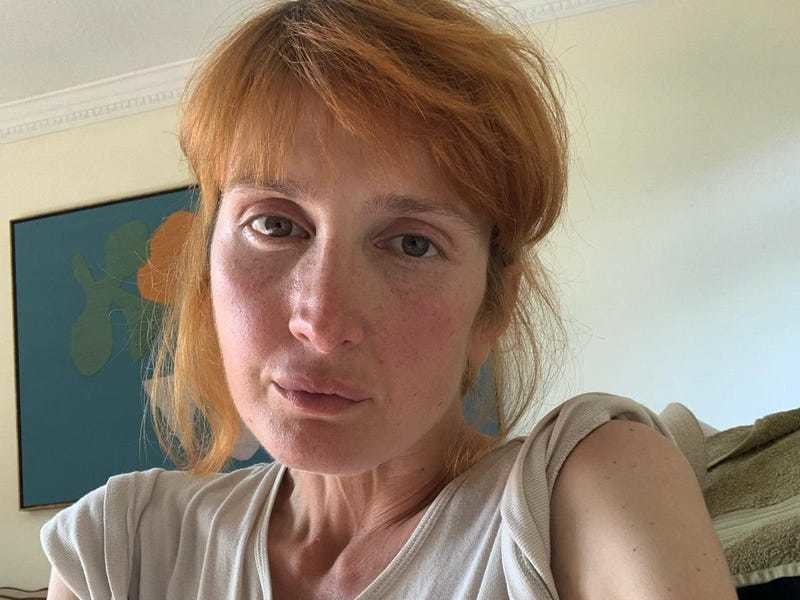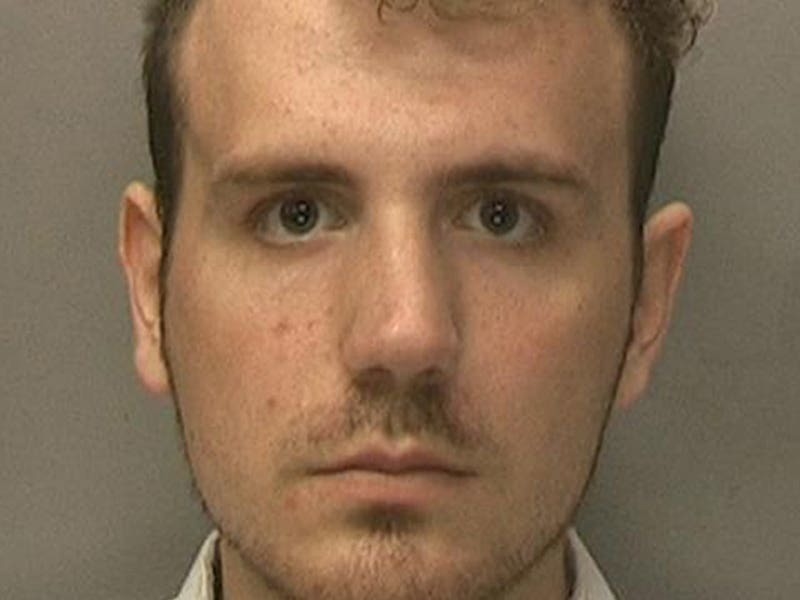Alexa Chung has said women are being “dismissed, misdiagnosed and left floundering” before getting tested for endometriosis.
The fashion designer, presenter and model, 39, said she received treatment for the painful condition while a cyst was being removed.
In a piece for British Vogue, she details her and other women’s experiences and also cites medical professionals’ advice.
Chung, who was on shows such as Popworld and former Channel 4 strand T4, writes: “The condition is shrouded in mystery and misinformation, and frequently mishandled by doctors. There’s no cure.
“Often sufferers end up going back for surgery after surgery. Shockingly, there are stories of some doctors suggesting that women have a baby to suppress their symptoms.”
A research paper at Monash University in Melbourne, Australia, said in 2019 that women in the city have been recommended pregnancy “despite no research evidence for benefit”.
Chung also said when she told a gynaecologist she had been “unable to leave a bathroom stall” due to heavy flow at an airport, the doctor asked if she knew what periods are.
Chung added: “This kind of experience is unfortunately not an anomaly. It can take an average of eight years to diagnose endometriosis.
“Those who have it often find themselves dismissed, misdiagnosed and left floundering before getting on waiting lists for a laparoscopy: a type of keyhole surgery used to seek out pesky endometrial cells, which is currently the only way to know for sure if someone has the condition.”
In March, scientists launched the first clinical trial in four decades to assess a potential new treatment for endometriosis.
Researchers from the universities of Edinburgh, Aberdeen and Birmingham plan to see whether the drug, dichloroacetate, could be the first ever non-hormonal and non-surgical treatment for endometriosis.
If successful, it could help manage pain among those with the condition.
The chronic condition sees tissue similar to the lining of the womb grow elsewhere in the body, such as around the ovaries.
The tissue sheds in the same way that blood does during the menstrual cycle, but has nowhere to escape to, causing inflammation, pain, and a build-up of scar tissue.






